Introduction
It is relatively easy to draw the line between the animate and inanimate nature; everything that breathes, reproduces and/or moves can be considered a life form. It goes without saying that the inanimate elements of nature are taken for granted often mostly because of their lack of motion.
However, when it comes to the motion of these inanimate elements, people realize how powerful and threatening nature can get. Although the nature of earthquakes, which are among the most dreadful manifestations of the force of nature, have been studied for years, there are a number of white spots in people’s knowledge about these phenomena.
Hypothesis
According to the exiting assumptions, earthquakes occur in the places where tectonic plates meet; known as plate boundaries, these places are typically found in South and North America, Japan, Australia, Africa, India, Haiti, Caribbean and Philippines.
Background
Before going any further, it is necessary to figure out what actually causes earthquakes. There is a common misconception that earthquakes are caused solely by volcano eruptions. Although the given phenomenon can be considered one of the reasons for an earthquake to occur, it is still definitely not the prior cause of earthquakes.
According to the existing researches, earthquakes are caused by the motion of the tectonic plates. Several types of tectonic motion are distinguished; according to the current nomenclature of the types of tectonic plates movement, the following kinds of motion can be spotted:
- Divergent (the plates are drifting apart);
- Convergent (the plates collide);
- Transform (the plates slide against each other with different speed).
In the course of the tectonic movement, the edges of the tectonic plates either rub, or collide, or drift apart, which creates disturbances within the lithosphere. As a result, an earthquake ensues.
Experiment and Data Analysis: Earthquakes and What Causes Them
Since, according to the above-mentioned information, natural earthquakes are most common in the places where the edges of tectonic plates meet, it is reasonable to suggest that earthquakes are most common in the countries that are located at the joint of two or more tectonic plates.
Indeed, taking a closer look at the map and specifying the position of the countries listed above as the main locations of the most frequent earthquakes, one must admit that these states are either in the plate boundaries, or are located very close to them. Indeed, according to the following map, the states mentioned above are very close to the plate boundaries:
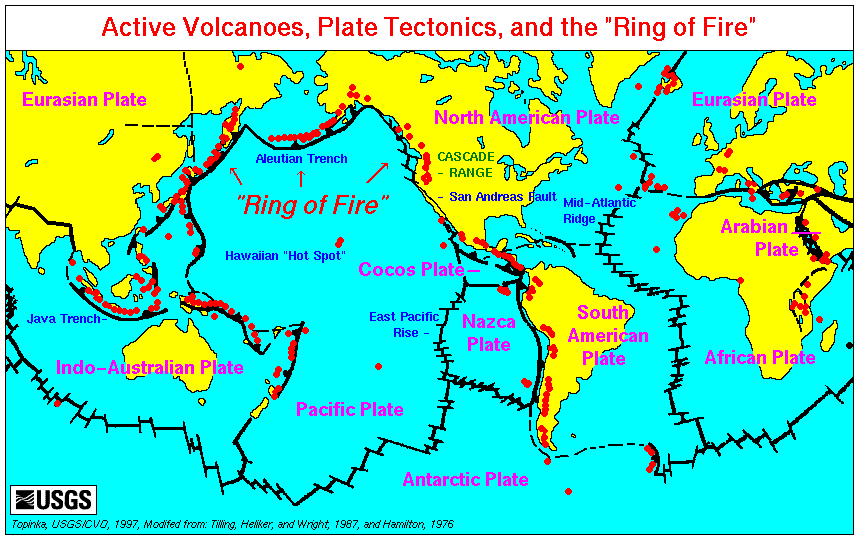
The map above shows clearly that the states specified above are located exactly at the plate boundaries. As a result, the earthquakes in the specified regions are especially severe and bring the greatest damage. However, the aforementioned does not mean that earthquakes occur in the given states on a regular basis; in fact, the seismic patterns of the given states are very different and are predetermined by a number of issues other than the plate boundaries. Considering each place in particular will help define the key patterns.
South and North America
The Andes and the Cordilleras are known as the result of the collision of the North American and the South American tectonic plates. Consequently, the given mountain range is a typical seismic zone.
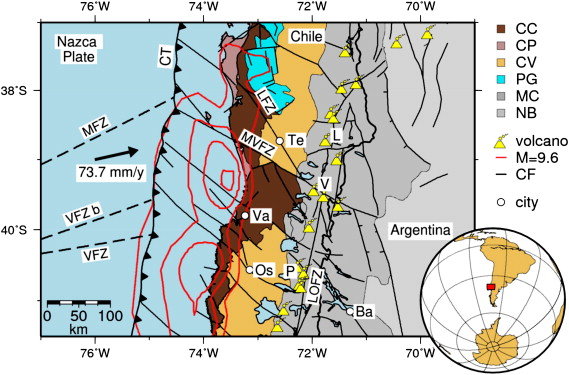
Sziema, Y. et al. (2012). Seismic velocity structure of the slab and continental plate in the region of the 1960 Valdivia (Chile) slip maximum – Insights into full release and plate coupling. Earth and Planetary Science Letters, 331-332, 164–176.
Japan
As it has been mentioned previously, earthquakes are typically associated with volcanoes, and, though the latter do not necessarily factor into the earthquake process, they do play a major role in the pattern of an earthquake and its severity; moreover, the two are closely related, which Japan shows in a very graphic way.
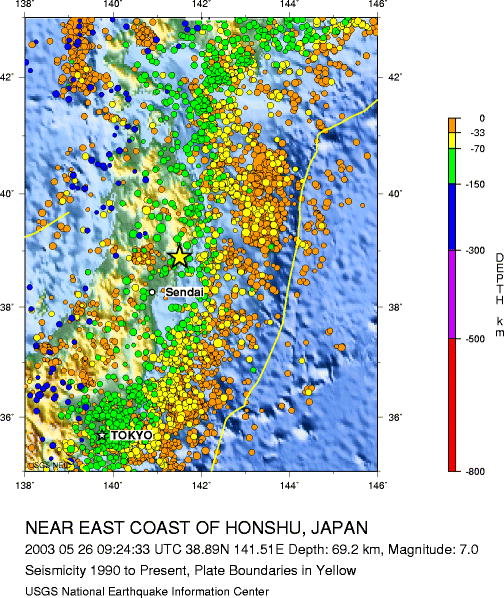
Earthquakes are caused by the movement of tectonic plates. However, this movement also causes cracks and ruptures in the surface of the earth. Because of the difference in pressure, either magma oozes onto the surface, or ash, dust and melted minerals come out of the raptures. Both are commonly referred to as volcano eruptions and often follow earthquakes in the upland, which is exactly the case of Japan.
Australia
In Australia, both tectonic plates movement and volcanoes contribute to frequent earthquake occurrences. To make the matters worse, Australia is one of the few states that actually have intraplate earthquakes, i.e., the ones that are caused by thrust faulting.
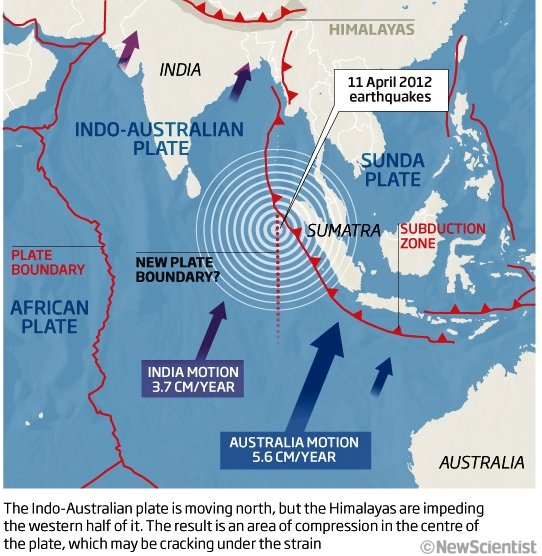
Africa
Also known as one of the world’s greatest volcano clutters, Africa suffers earthquakes on a regular basis. Also being the place where the tectonic plates meet, Africa is known for the earthquakes, the epicenters of which are typically located by the edge of the mainland, where the tectonic plates meet. As it has been brought up before, volcanoes are activated by the same factors that earthquakes are, which is nowhere as evident as in Africa.
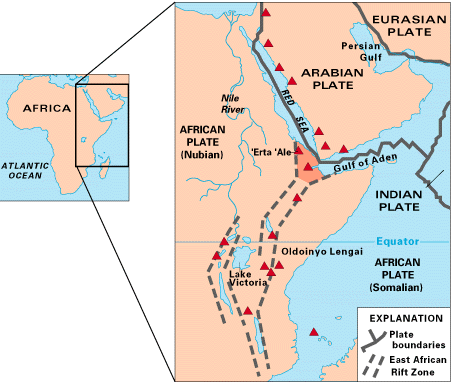
India
Weirdly enough, India is also no stranger to earthquakes. In India, earthquakes happen just as often as in the regions listed above due to the movement of the Eurasian plate, which forms the Himalayas. The tectonic movement is especially strong in this region, since the Eurasian plate’s velocity makes .52 (Shad & Hossein, 2010).
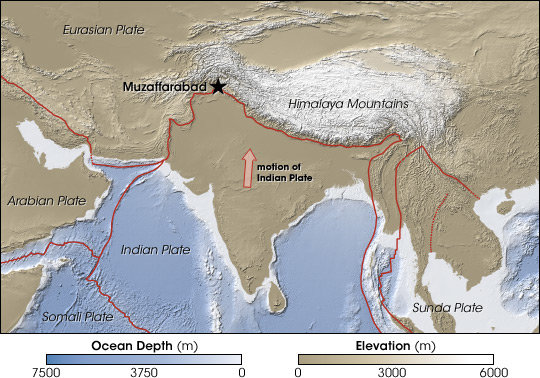
Haiti
Even though Haiti is not a volcanic island, it still has its fill of earthquakes once in a while, which once again proves the fact that the two phenomena are not necessarily linked.
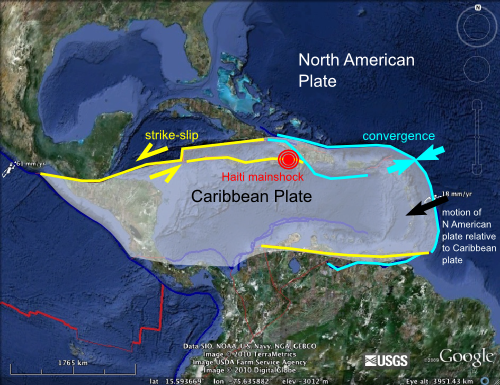
Caribbean
The residents of the Caribbean Islands also experience earthquakes rather often. Much like in the above-mentioned cases, the reason for these cataclysms to happen is the position and the movement of the tectonic plates, which creates a subduction zone in the given case.
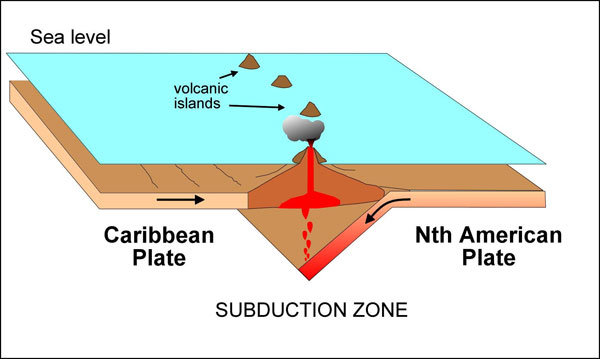
Philippines
Like the Caribbean Islands, Philippines provide enough factors for earthquakes to erupt on a regular basis due to the movement of the Philippine Plate.
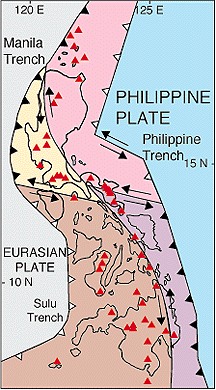
Results Interpretation
As the results of the given research show, earthquakes are not necessarily connected to volcano eruptions; as a matter of fact, the two phenomena may occur separately, which means that they are caused by the same factors, i.e., the movement of tectonic plates, yet presuppose completely different outcomes and are, in fact, completely different phenomena.
Conclusion
Therefore, it can be concluded that the places where earthquakes occur most often, i.e., the so-called seismic zones, are typically found at the plate boundaries. Considered the most seismically unstable parts of the planet, these zones are the earthquake centers in most cases.
Unless an earthquake is caused by the human activities, plate boundaries will most likely be location of the earthquake, and the seismic activities in these places will be the cause of the earthquake themselves. That being said, one must not forget about human-induced earthquakes; in the case of the latter, the cause of an earthquake can possibly be anything that triggers a massive disruption in the lithosphere.
Reference List
Shad, M. N. & Hossein, S. (2010). Upper mantle S-velocity structure and Moho depth variations across Zargos Belt, Arabian-Eurasian plate boundary. Physics of the earth and planetary Interiors, 180(10, 92–103.
Sziema, Y. et al. (2012). Seismic velocity structure of the slab and continental plate in the region of the 1960 Valdivia (Chile) slip maximum – Insights into full release and plate coupling. Earth and Planetary Science Letters, 331-332, 164–176.